
I recently had the opportunity to talk to comic book veteran and Watchman co-creator Dave Gibbons. Dave is currently promoting the Digital Artist 2009 awards, but was also happy to share his thoughts on the virtues of digital illustration and digitally distributed comics.
Please tell us why you decided to get involved in the Digital Artist 2009 awards.
Well, you know, I’ve used computers to do comic book art for the last fifteen years or so, and I just love the sort of flexibility that it’s given me and the increase in speed and the way you can translate your ideas into actuality. And also the way you can bounce the work backwards between collaborators. Also, you know, I was given a lot of help breaking into the field, and it’s really good because one of the categories is for the Stars of Tomorrow.
There are thirteen categories, and I think just to read the categories gives you an idea of the range of creativity (see below). But What I’m particularly interested in is the Star of Tomorrow, because that’s encouraging young people – there’s two categories; people under sixteen, and people between seventeen and twenty-five – to get their works seen. And that’s always the most difficult thing; to get your work seen. So this gives them an arena to do that, and it also means that they can win some nice prizes as well. But the thing I would like to stress is that the closing date is 31st August, so they need to go to digitalartistawards.com and get the work in before then.
And what qualities will you be looking for in those entries?
I think imagination is the thing. Just the strength of the basic ideas. And then of course, the technical proficiency with which they express it. I think the thing with art is that it gets an emotional response, and I think you get a gut feeling about a piece of work or and artist, so I’ll be looking at it in a technical way, but for a gut feeling as well.
How do you think digital art and digital distribution have changed the route of entry into the comic, video game or animation industries? A lot of new artists and writers are able to get their work seen online, but few seem to make much money.
A problem in doing comics online is this kind of micro payment thing, because the amount of money you’re going to charge people online is going to be pennies rather than pounds, and it’s always been a difficult thing. But I think in a way this has been cracked with the iTunes store and the other places like that, where it’s a very simple thing; you put on an account, you press a button and a small payment is made, and the artist gets a considerable proportion of that. So that I think has made the commercial model work a lot better.
What piece of advice would you give to any talented but inexperienced artist who is lucklessly looking for a way into the creative industries? Other than “keep trying,” of course.
Well, yeah, see it is very difficult. The hardest bit is to get the ball rolling when there’s a real inertia. I think nowadays there’s more people competing for jobs on the internet, but also your work can be out there. You can have your comic book published – you can have it potentially in front of millions of people in ways which I couldn’t when I was breaking into it. So I think what you really need to do is embrace digital media, to embrace the modern methods of digital distribution to make sure that with websites, blogs, twitter, whatever you want to do… you’re out there and you’re watching what’s going on. And if you can just get that first toehold, than things hopefully become a little easier after that.
You spoke about getting into digital art about fifteen years ago. How did that move change your own approach to illustration as an existing professional?
Well, we started to do colouring… the way colouring was being done before was that you’d have to do colour guides and annotations to them, which meant that there could be a lot of slippage between what you did and what you got printed. A wonderful thing with the computer was that you could see onscreen exactly what you were going to get and send a digital file, which would be what was printed from. So you got that immediate fidelity.
Then it started to be used in a lot for the humdrum sides of comic book production. When you did hand lettering, you used to spend an afternoon ruling out all these lines, and you no longer had to do that. You still had to know where to put it and give it style, but all that sort of thing became easier. But now, because the processes are so much quicker and the input means are so much more fluid. I use a Wacom Cintiq tablet, [so] you’re actually drawing on the picture. That means you can sketch things out and you’ve got enough control to do finished inking… and then at the end of it you can send the artwork digitally; you don’t have to entrust a parcel to the post. So, on every level now, and not only that communication at the end but in-between collaborations, you can send roughs backwards and forwards, colour sketches backwards and forwards in a way that you just never could before.
Numerous companies have attempted to bring printed comics “up to date” with animated comics such as the Watchmen Motion Comic project. Do you ever see this format ever becoming a replacement or a larger accompaniment to the traditional paper-based comics?
I think more of an accompaniment. The Watchmen Motion Comic, which was something I was involved with, I think is very, very well done within the limitations of what it’s trying to do. A lot of very hard work has been put into it, and I think it works amazingly, but I don‘t think that the way that’s been done is necessarily the final form that these things will take. I think we’re looking at a new hybrid medium that might become two or three different mediums. But as a way to get stories across its pretty effective, and again it gives people a chance to see what an unedited Watchmen movie would look like, more or less.
So, yeah, I’m really interested in trying new ways of distributing stories told in words and pictures. I’m really interested in what you can do on hand-held devices like iPhones, and I’ve got my own ideas on how I’d like to approach that kind of thing. But again, I think it’s a wide open field, and I don’t think the final product has been arrived at.
Over the years you’ve moved from illustration and inking into writing – how has writing comics influenced the way in which you convey a story through art?
Well I’ve always been aware that you have to tell a story, though in fact when I first broke into comics I didn’t really know that there was a separate writer and an artist; the comics I did as a kid I’d write the story and draw them as well. So yeah, I’ve always been aware that every picture has to tell a story. Some artists aren’t very story-orientated, they find it hard to tell the story… which is why when I’ve collaborated with someone like Alan Moore, who is a very picture-orientated writer (and I’m a very story orientated artist) you tend to merge in the middle. Certainly, writing has made me more aware of how hard it is to write comics, and I think has refined my story sense even more.
Having had time to look back at the excitement surrounding the Watchmen movie release, do you think that comic book film adaptations in general impact the public’s appreciation of the comic medium at all, or are comic movies just flavours of the month waiting to be superseded by the next superhero effort?
Well, I think one of the problems has been in the past that you bring out, say, a Spider-man movie, and people see Spider-man and like that Spider-man, but they don’t know where to find Spider-man. Marvel publish a lot of different Spider-man comics, but they’re all at different continuity and they’re all quite hard to get into because of the continuing story. The joy of a thing like Watchmen is that it was a graphic novel, and the movie is that graphic novel, so you can read the same thing in a comic book form. And I think, yeah, movies do promote interest in the characters, but then it’s encumbering on the comic book companies to make sure that the product is there for them to easily buy. I’m amazed that there isn’t comic book product in movie theatres… I mean they sell popcorn and pop. I think one hand washes another basically.
Finally, I’d like you to suggest two comic series, one old and one currently in print, that aspiring comic creators should make an effort to read.
Well, I love The Spirit, by Will Eisner, which is from the forties and fifties but is still the textbook on comic book storytelling. And as for a new one? There’s a great comic I read called Alan’s War, which is a graphic novel by a guy called Emmanuel Guibert, and that’s a beautiful, but quite traditionally done new graphic novel. Over at Marvel I like Mark Millar’s Ultimates; that to me was a modern comic book that I really used to queue up for at the comic book store.
For more on the Digital Artist 2009 Awards jump over to digitalartistawards.com for details on the 13 categories, which include:
Graphic Design
Animation
Motion Broadcast
Web & Interactive Design
2D Illustration
3D Illustration
Character Design
Concept Art
Product Visualisation
Games Design
Architectural Visualisation
Visual Effects (short form)
Stars of Tomorrow – sponsored by Intel

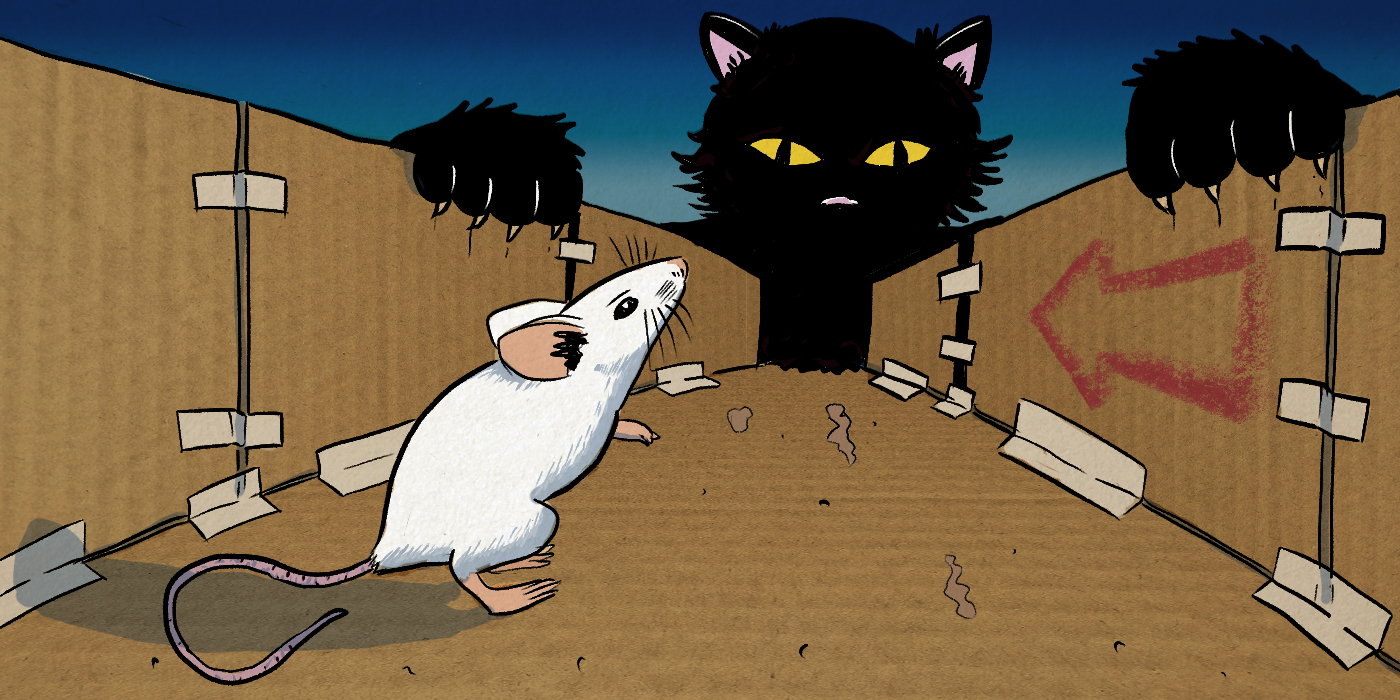
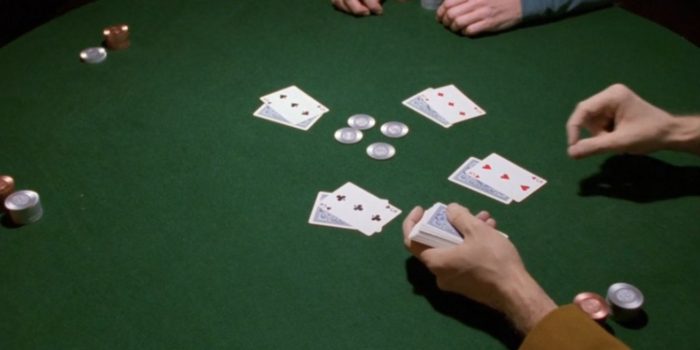
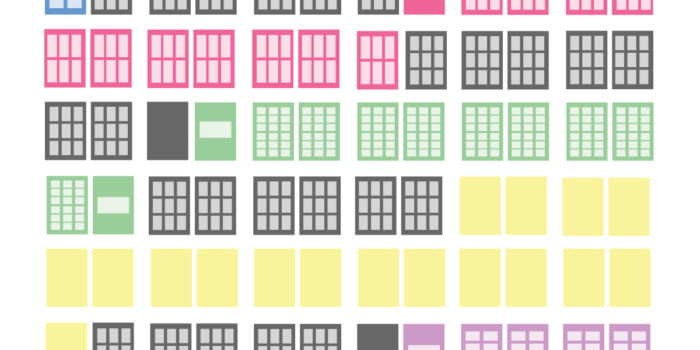
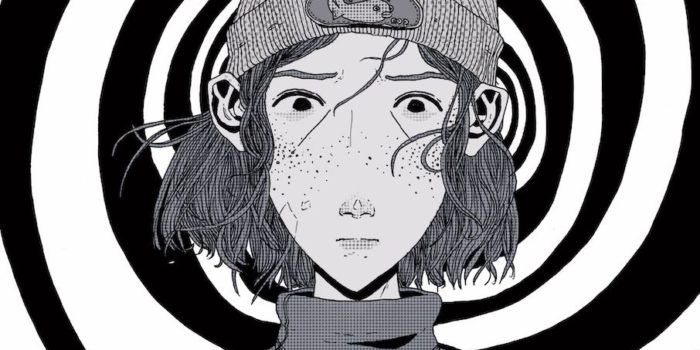
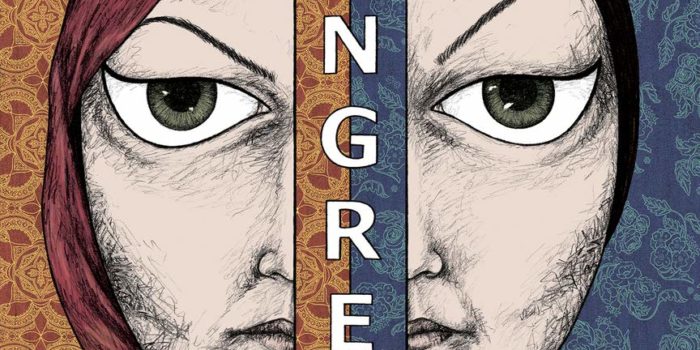
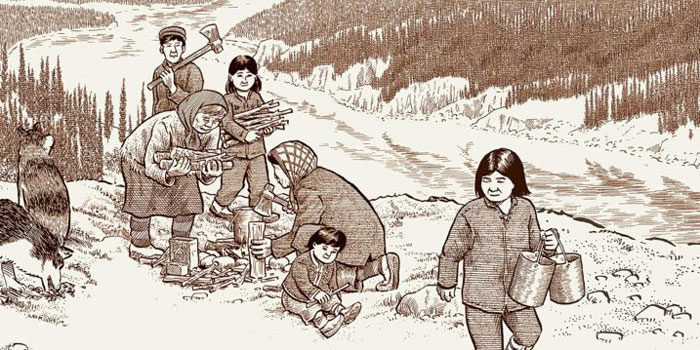
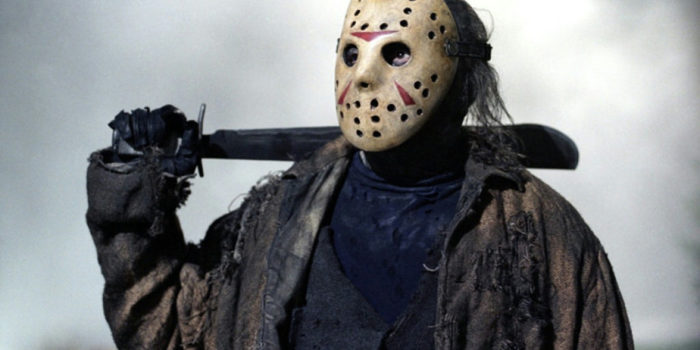

Leave a Reply